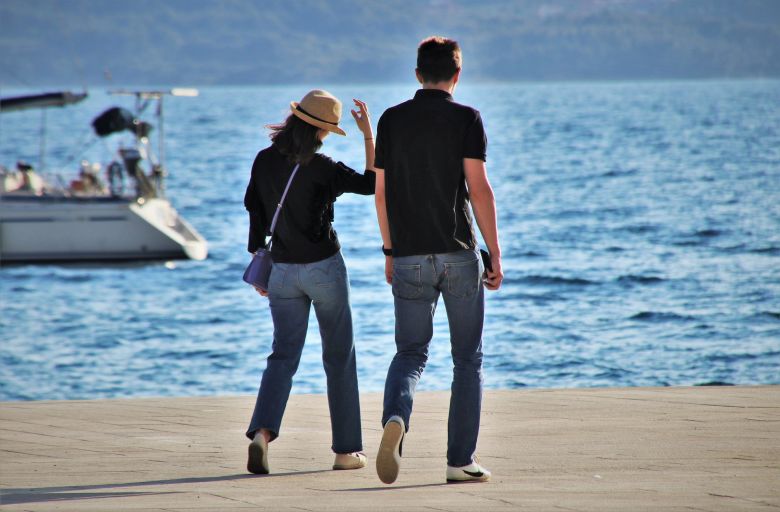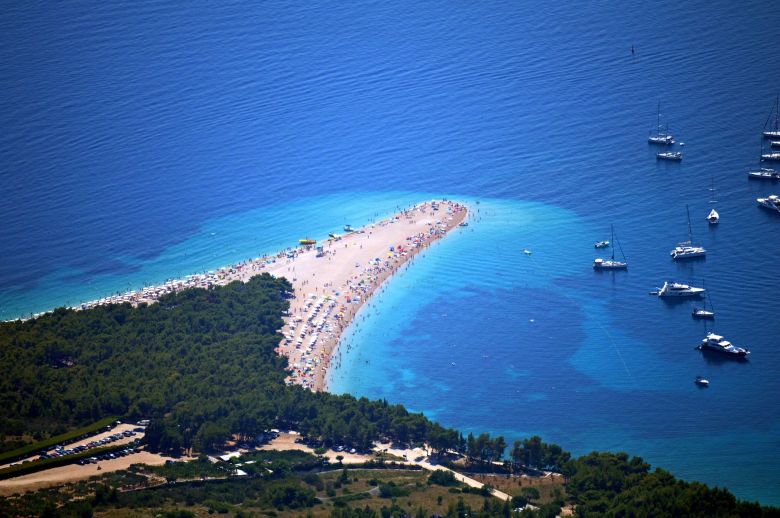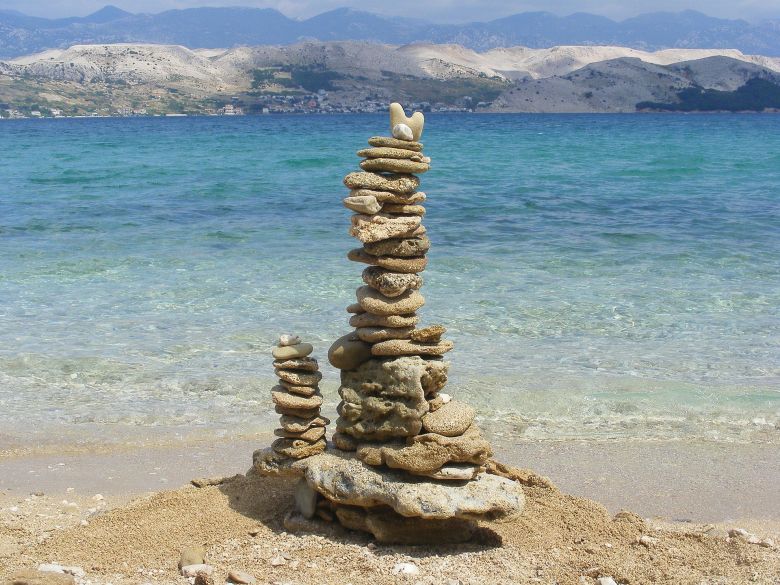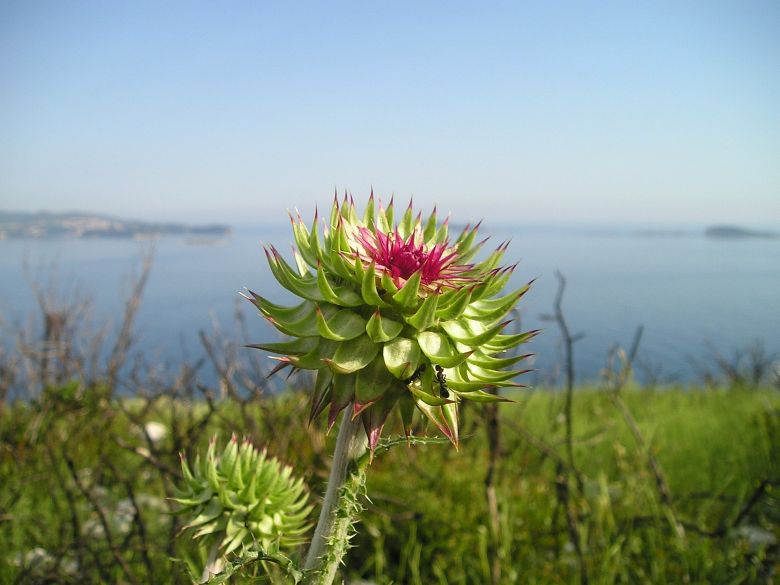As Croatia has a very long coastline, the temperature of the water varies along the way and differences are depending on where you are.
During the summer, a special thermometer measures the temperature three times a day - at 8:00 a.m., 3:00 p.m. and 10:00 p.m.
So, you must be wondering what part of the Croatian coastline is the warmest and how warm the sea can get?
The current season and the temperature of the air mostly determine the fact how warm the sea will be.

Climate in Croatia
As expected, Croatia has two climates - one along the coastline and one in the interior.
The coast has a Mediterranean climate, which means the summer is hot, sunny and dry, the winter is mild, while the autumn and spring are rainy.
The summer usually has an average temperature between 25-30°C (which is 80-90 °F). Even during the winter, the temperature very rarely goes below 5°C.
Although the climate is the Mediterranean almost all the way along the Croatian coast, it is described as the transitional Mediterranean in its northern part.
The rainiest parts are situated at the foot of the mountains and in the northern Adriatic - Istria region and city of Rijeka.
In Rijeka, rains are very frequent, especially in July and August. If you decide to stay in Istria, you should be prepared for the rain, but for sunny weather also!

Dalmatia
On the other hand, southern from Istria is another coastal region - Dalmatia. The climate here is progressively milder.
On the islands in the northern part, such as Krk, Rab and Cres, winters are cold, while on the islands in the central Dalmatia (and the coast), such as Pag and Lošinj, the average winter temperature is somewhere around 7°C.
Even though Dalmatia is not as rainy as Istria, it is well known for the wind called Bura. Outbreaks of cold air make the winter feel much colder than it actually is.

Water temperatures
So, as we said earlier, seawater temperature varies along the coastline and depends on the part of Croatia you’re visiting.
The surface temperature ranges from 22-30°C during the summer, and from 12-14°C during the winter.
Only in the northern part of the western Adriatic, the sea temperature is lower and drops to 9°C during the winter.
Continental characteristics of the Adriatic Sea cause these distinct seasonal temperature variations.
On the northern Adriatic, they cause a longitudinal gradient, while on the middle and southern Adriatic they cause a transversal gradient.
In some of the Adriatic’s shallow coastal areas, such as Tisno or the Venetian Lagoon, sea ice can appear during very cold winters.

Where to check current temperatures
To make sure your time in Croatia will be exactly as you wished for, follow this link to check the temperatures of the sea.
That way, you’ll know where you want to go and what parts of the Adriatic coast you want to skip.
The beauty of visiting Croatia is that whenever you decide to visit, you’ll find the perfect place for you, your family and friends.
Whether you want to relax on the beach all day long, or you want to go on adventures, biking, hiking, or do some extreme sport, you can find it here.
But first of all, make sure you find your vacation villa along the coastline.